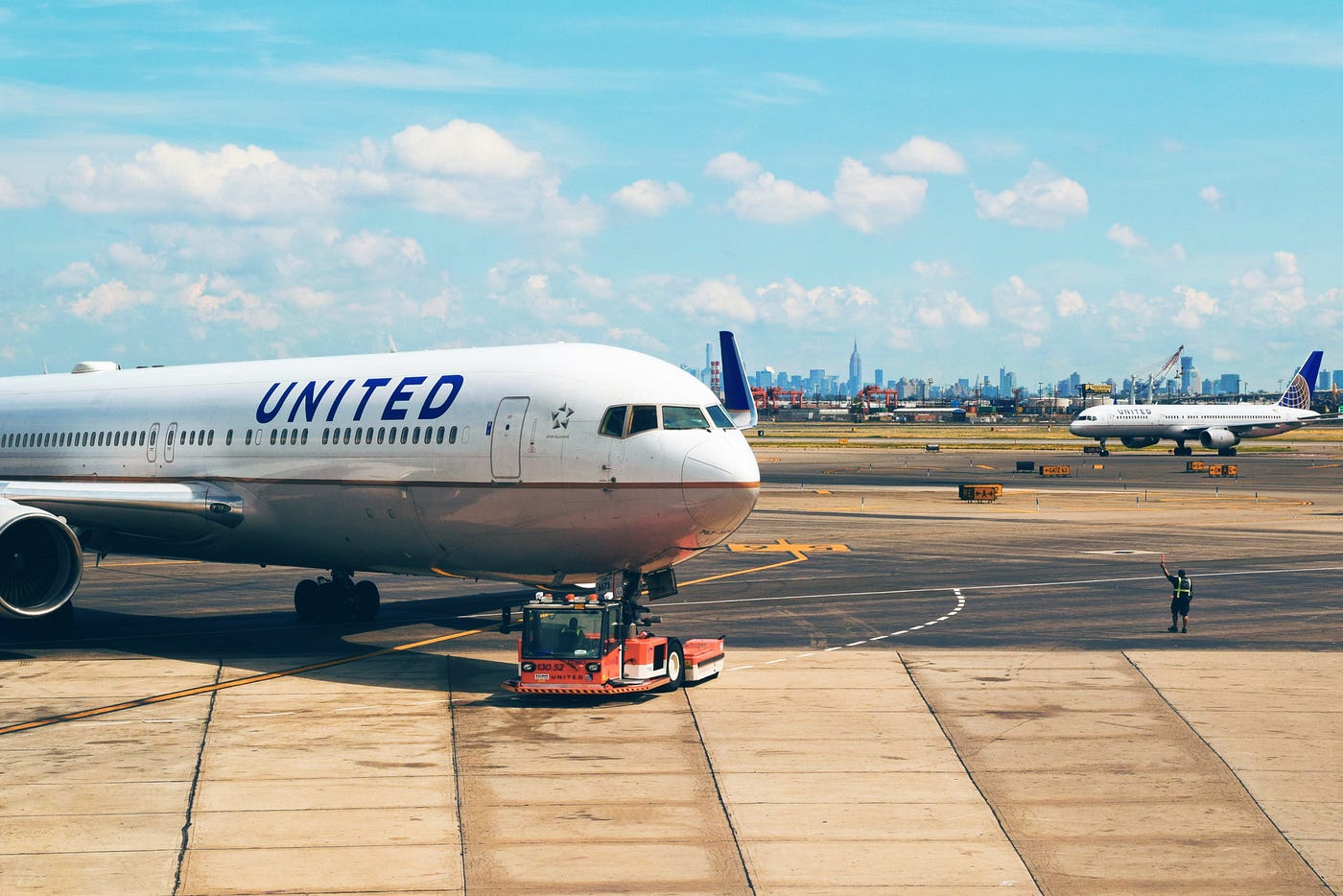
Aircraft leasing markets play a crucial role in the aviation industry, providing airlines with the flexibility to expand their fleets without the hefty price tag of purchasing new planes. But what exactly is aircraft leasing? Aircraft leasing involves renting aircraft from a leasing company, allowing airlines to operate more efficiently and adapt to market demands. This practice has become increasingly popular, with nearly half of the world's commercial aircraft now leased. Leasing offers numerous benefits, such as reduced financial risk, access to newer models, and the ability to quickly adjust capacity. Whether you're an aviation enthusiast or just curious about how airlines manage their fleets, understanding the dynamics of aircraft leasing can offer valuable insights into the aviation sector.
Key Takeaways:
- Aircraft leasing allows airlines to rent planes instead of buying, helping them manage cash flow and reduce upfront costs, while also providing flexibility to adjust fleets based on demand.
- Despite its benefits, aircraft leasing comes with challenges such as fluctuating market conditions, complex maintenance, and the risk of airline defaults, impacting both leasing companies and airlines.
What is Aircraft Leasing?
Aircraft leasing is a practice where airlines rent planes instead of buying them. This allows airlines to expand their fleets without the huge upfront costs of purchasing new aircraft. Leasing can be short-term or long-term, depending on the needs of the airline.
- Aircraft leasing helps airlines manage cash flow by avoiding large capital expenditures.
- Leasing companies often provide maintenance and support services, reducing operational burdens for airlines.
- There are two main types of leases: wet leases, which include crew and maintenance, and dry leases, which do not.
- Aircraft leasing can be more flexible than ownership, allowing airlines to adjust their fleets based on seasonal demand.
History of Aircraft Leasing
The concept of leasing aircraft dates back several decades. It has evolved significantly over time, becoming a crucial part of the aviation industry.
- The first commercial aircraft lease was recorded in the 1960s.
- In the 1980s, the practice gained popularity as airlines sought to reduce financial risk.
- The rise of low-cost carriers in the 1990s further boosted the demand for leased aircraft.
- Today, over 40% of the world's commercial aircraft fleet is leased.
Major Players in the Market
Several companies dominate the aircraft leasing market. These firms own large fleets of aircraft and lease them to airlines worldwide.
- AerCap is the largest aircraft leasing company globally, with a fleet of over 1,000 aircraft.
- GECAS (GE Capital Aviation Services) is another major player, known for its extensive portfolio and global reach.
- Avolon, based in Ireland, is one of the fastest-growing leasing companies.
- SMBC Aviation Capital, owned by Sumitomo Mitsui Banking Corporation, is a significant player in the Asian market.
Benefits of Aircraft Leasing
Leasing aircraft offers numerous advantages for airlines, making it an attractive option for many.
- Leasing provides airlines with the flexibility to update their fleets with the latest models.
- It allows airlines to scale their operations up or down quickly in response to market conditions.
- Leasing can improve an airline's balance sheet by reducing debt levels.
- Airlines can avoid the risks associated with aircraft depreciation by leasing instead of buying.
Challenges in Aircraft Leasing
Despite its benefits, aircraft leasing also comes with its own set of challenges. These can impact both leasing companies and airlines.
- Fluctuations in the aviation market can affect lease rates and demand for aircraft.
- Maintenance and regulatory compliance can be complex and costly for leased aircraft.
- Airlines may face penalties if they return leased aircraft in poor condition.
- Leasing companies must manage the risk of airline defaults, which can lead to financial losses.
Aircraft leasing remains a dynamic and essential part of the aviation industry, offering both opportunities and challenges for those involved.
The Final Takeaway on Aircraft Leasing
Aircraft leasing markets are a fascinating blend of finance, aviation, and global commerce. Leasing offers airlines flexibility, allowing them to expand or reduce their fleets without the massive upfront costs of purchasing planes. This flexibility is crucial in an industry where demand can fluctuate wildly due to economic conditions, fuel prices, and even global events like pandemics.
Leasing companies, often backed by significant financial institutions, play a pivotal role in this ecosystem. They purchase aircraft from manufacturers and lease them to airlines, ensuring a steady flow of new and efficient planes into the market.
Understanding these markets provides insight into how airlines operate and adapt. It also highlights the importance of financial strategies in maintaining a robust and responsive aviation industry. So next time you board a plane, remember the complex web of leasing agreements that might have brought it to your gate.
Frequently Asked Questions
Was this page helpful?
Our commitment to delivering trustworthy and engaging content is at the heart of what we do. Each fact on our site is contributed by real users like you, bringing a wealth of diverse insights and information. To ensure the highest standards of accuracy and reliability, our dedicated editors meticulously review each submission. This process guarantees that the facts we share are not only fascinating but also credible. Trust in our commitment to quality and authenticity as you explore and learn with us.


